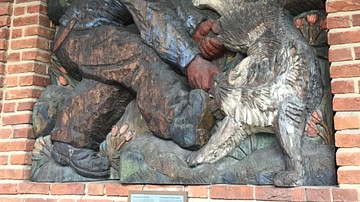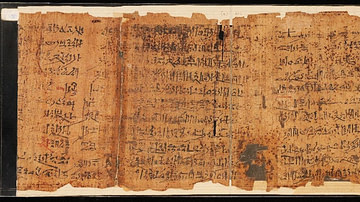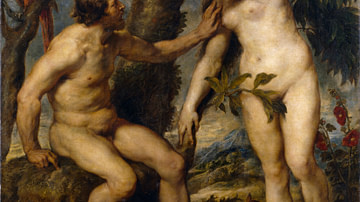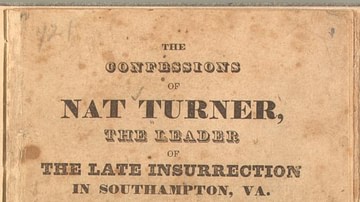Search
Did you mean: Derbent?
Search Results

Definition
Vidar
Vidar is a figure in Norse mythology, described as the silent god and almost as mighty as Thor. He will survive Ragnarök, the unavoidable and dramatic end of the world according to the prophecy that chief-god Odin extracts from a seeress...

Article
The Admonitions of Ipuwer
The Admonitions of Ipuwer (also known as The Papyrus Ipuwer and The Admonitions of an Egyptian Sage) is a literary text dated to the Middle Kingdom of Egypt (2040-1782 BCE). The only extant copy of the work, preserved on the Papyrus Leiden...

Article
The Christian Concept of Human Sexuality as Sin
In the ancient world, human sexuality was crucial for the survival of the tribe and clan as well as pleasurable, a gift from the gods. Thousands of native cults emphasized fertility through rituals and prayers, and ancient gods were depicted...

Article
Ships of the Gods of Ancient Egypt
The Nile River was the source of life for the ancient Egyptians and so figured prominently in their religious beliefs. At night, the Milky Way was considered a heavenly Nile, associated with Hathor, and provider of all good things. The Nile...

Article
The Hippodrome of Constantinople
The Hippodrome of Constantinople was an arena used for chariot racing throughout the Byzantine period. First built during the reign of Roman emperor Septimius Severus in the early 3rd century CE, the structure was made more grandiose by emperor...

Article
Christianization of Iceland
The Christianization of Iceland was a smooth transition compared to other Scandinavian countries. While in Norway, Denmark, or Sweden, royal authority played a crucial role in conversion, in Iceland, it was a parliamentary decision, reached...

Article
The Confessions of Nat Turner
The Confessions of Nat Turner (1831) is the first-person account given by the rebel slave leader Nat Turner (l. 1800-1831) to the attorney T. R. Gray (l. c. 1800-1843) following Nat Turner's Rebellion in Virginia (also known as the Southampton...

Article
Setna I: A Detailed Summary & Commentary
Setna I (also Setna Khaemaus and the Mummies) is a work of ancient Egyptian literature from the Ptolemaic Period (323-30 BCE) written in demotic script. It is part of a cycle of stories known as the Tales of Prince Setna featuring a character...

Article
The Snake Brother
The Snake Brother is a legend of the Pawnee nation, which corresponds to the "King of the Waters" – or Snake Man – myth told by many other Native peoples of North America. Although many different indigenous nations tell similar stories, with...

Video
Thor the God of Thunder in Norse Mythology
Thor, the god of the sky, thunder and agriculture in Norse Mythology, is best known today from his depiction as a superhero in graphic novels and movies which draw on his role in tales from Norse Mythology. He developed from an older Germanic...